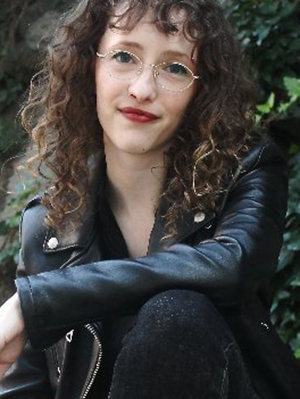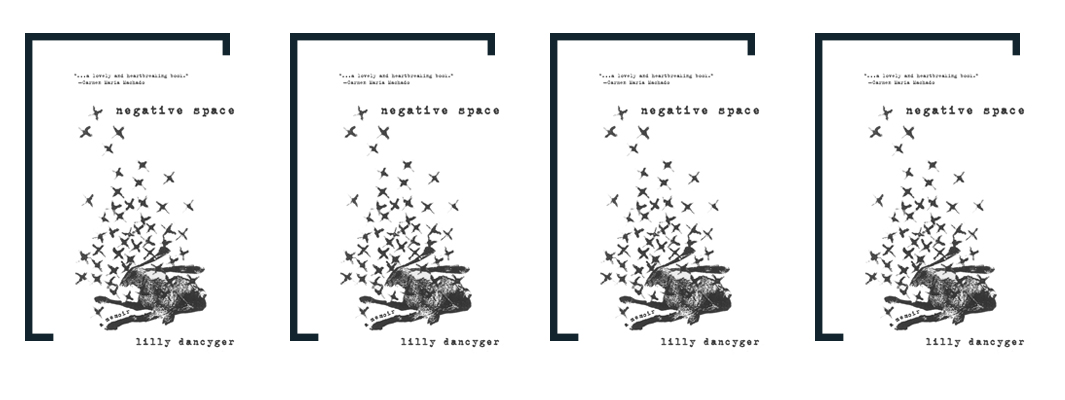

Negative Space might take shape in the aftermath of emotional annihilation, but it’s as much about imagination and creation as it is about grief. Negative Space navigates the no man’s land between love and delusion, assumption and instinct, chasing a reconciliation between memory and truth and, ultimately, a way to forge a future with those we’ve already lost. As she grows into “a fatherless woman after years as a fatherless girl,” she fears becoming unmoored from their shared past, and thus embarks on a project to discover “a new way to grieve for him.” In the resulting investigation, conducted by way of Schactman’s notebooks, his oeuvre, and countless interviews with those who knew him in life, Dancyger fuses journalism, memoir, and criticism to turn her father from myth to man. The inscription establishes the dualities that structure Dancyger’s excavation of her father’s life and sudden death: the presence of loss, the matter and heft of the unknown.ĭancyger plunges us into a grief so heavy that words crack beneath it.

And for everyone living with an absence.” After years wrestling heroin addiction, Schactman, a visual artist, sculptor, and rapscallion in the 1980s East Village art scene, passed away from undetermined causes when Dancyger was twelve. Using his sculptures, paintings, and prints as a guide, Dancyger sought out the characters from his world who could help her decode the language of her father's work to find the truth of who he really was.In the dedication to Lilly Dancyger’s debut memoir, Negative Space, out from the Santa Fe Writers Project this May, she writes, “For my father, Joe Schactman.

When Schactman died suddenly, just as Dancyger was entering adolescence, she went into her own self-destructive spiral, raging against a world that had taken her father away.Īs an adult, Dancyger began to question the mythology she had created about her father-the brilliant artist, struck down in his prime. She idolized him-despite the escalating heroin addiction that sometimes overshadowed his creative passion. He created provocative sculptures out of found materials like animal bones, human hair, and broken glass and brought his young daughter into his gritty, iconoclastic world.

But what happens when a journalist interrogates her own rosy memories to reveal the instability around the edges?ĭancyger's father, Joe Schactman, was part of the iconic 1980s East Village art scene. A memoir from the editor of Burn It Down: Women Writing About Anger, Negative Space explores Dancyger's own anger, grief, and artistic inheritance as she sets out to illuminate the darkness her father hid from her, as well as her own.ĭespite her parents' struggles with addiction, Lilly Dancyger always thought of her childhood as a happy one.


 0 kommentar(er)
0 kommentar(er)
